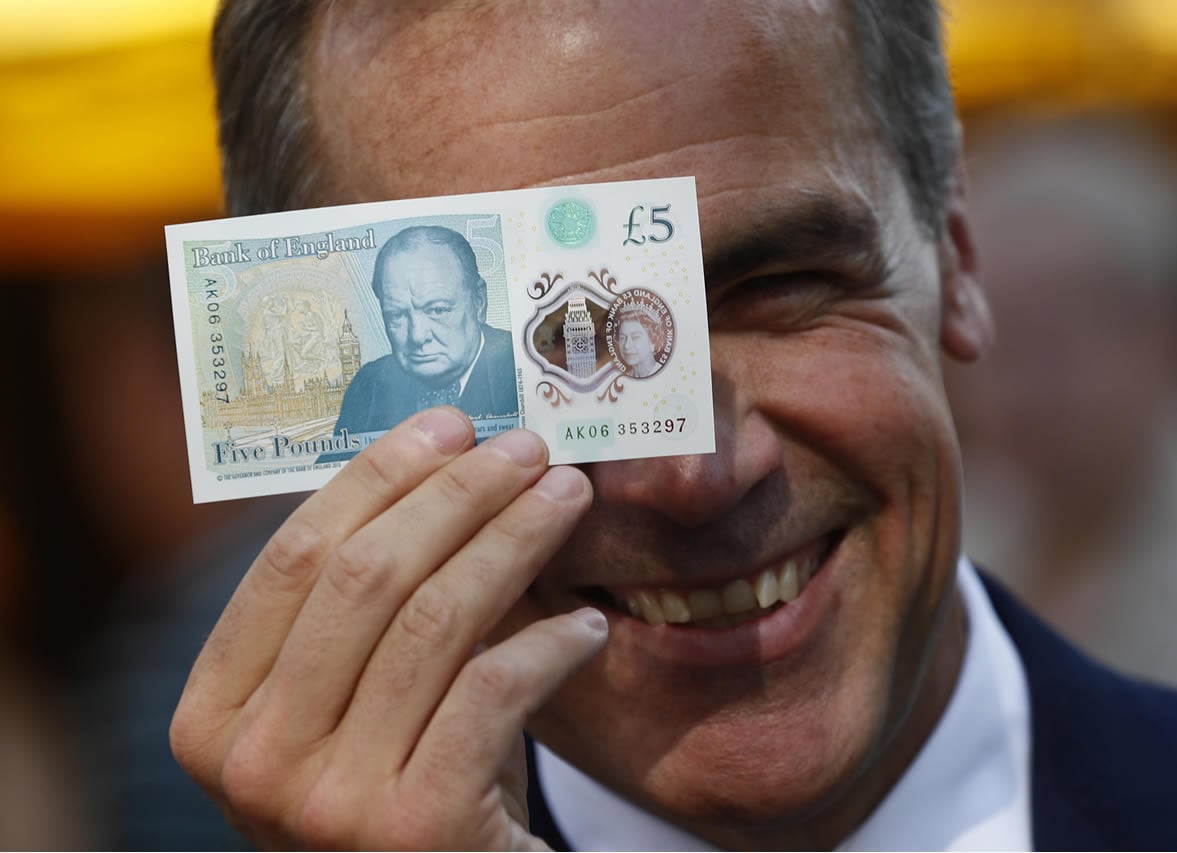Australian and Canadian Dollars in Big Jump vs. Sterling Despite a Rate Rise at the Bank of England - Here's Why
- Written by: James Skinner

A 'soft' statement accompanying the Bank of England's interest rate rise saw the commodity Dollars take a big chunk out of the Pound.
The Pound extended losses against the Canadian and Australian Dollars Thursday after the Bank of England appeared to suggest markets had priced future UK interest rate moves to perfection, illiciting a 'sell the fact' response by traders.
After hiking the bank rate for the first time in a decade, raising it by 25 basis points to 0.50%, Mark Carney and the MPC issued a statement that omitted a crucial clause inserted in the previous statement that indicated rates might need to rise “faster than the market expects” over the coming years.
“The Bank of England raised its overnight rate 25bp from 0.25% to 0.50%, in response to increasing tightness in the labour market,” says Royce Mendes, an economist at CIBC Capital Markets. “We would view the rate hike as much as an admission that the UK economy didn’t perform anywhere near as badly as the BoE expected in the immediate aftermath of the Brexit vote.”
Bond market and interest rate derivatives prices already indicated a 90% probability of a rate hike Thursday and so it was guidance of further action to come once into 2018 that mattered most for traders.
“As widely expected the Bank of England lifted its bank rate by 25 bps to 0.50 percent today. The statement was, however, somewhat soft as the bank seems happy with the current market pricing,” says Andreas Wallstrom, a strategist at Nordea Markets.
The Pound-to-Australian-Dollar rate extended losses to be quoted 1.47% lower at 1.7014 Thursday.
Get up to 5% more foreign exchange by using a specialist provider by getting closer to the real market rate and avoid the gaping spreads charged by your bank for international payments. Learn more here.
Markets were priced for a further two hikes in order to get inflation back to target, something that Governor Mark Carney suggests is an appropriate expectation.
But, if you do not agree with this view and only see one rate rise, you are likely to be bearish on Sterling for the duration of 2018.
“We expect the UK central bank to hike at most one more time in the coming quarters, and as such we see GBP continuing to depreciate against both the Euro and US Dollar next year, as Brexit and growth concerns continue to weigh on the minds of investors,” CIBC’s Mendes adds.
This thesis would also suggest losses are likely against the Canadian and Australian Dollars, particularly if the Bank of Canada and Reserve Bank of Australia eye raising their own interest rates.
The decision to omit the “faster than the market expects” clause could of course also mean that the BoE sees only limited room for further hikes, which would leave market pricing for 2018 looking a tad optimistic.
“Admittedly, it did not suggest that this is merely a “one-and-done”,” says Paul Hollingsworth, senior UK economist at Capital Economics. “However, the fact that inflation is expected to be only just above the MPC’s target at the end of the three-year forecast horizon seems to endorse the market's view that there will be only another two hikes over the same period.”
The Bank of England said in a statement accompanying the decision that inflation is still expected to have peaked at a little over 3% in October and that, with a nudge from policymakers, is likely to return toward target over the forecast horizon.
“Nonetheless, we think the dovish market reaction looks a bit overdone, given that the MPC’s growth forecasts are broadly unchanged from August,” Hollingsworth adds.
The Pound-to-Canadian-Dollar rate was seen 1.29% lower at 1.6845.
Get up to 5% more foreign exchange by using a specialist provider by getting closer to the real market rate and avoid the gaping spreads charged by your bank for international payments. Learn more here.




